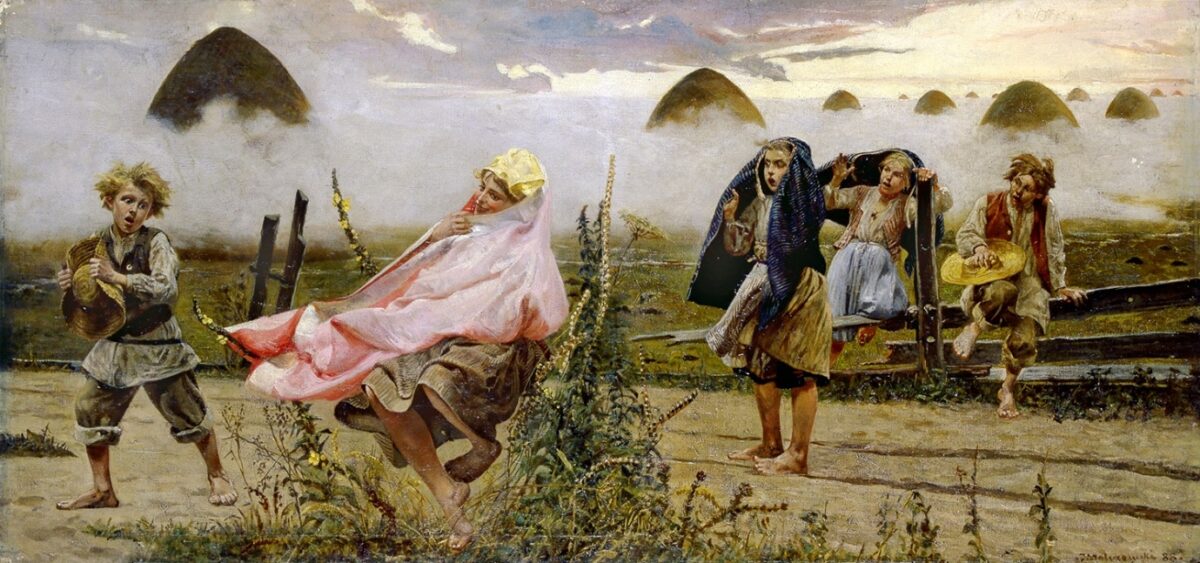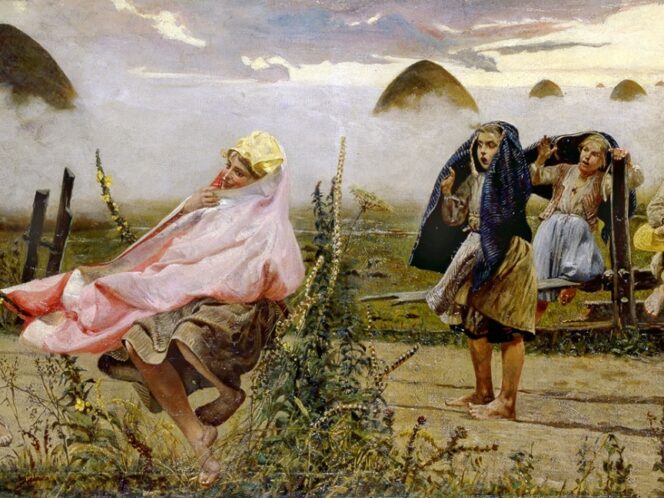
Mother Earth has provided us with natural ways to relax and heal our various ailments. All we need do is find some hot springs and hop in. Some people consider it sinful to indulge your body, but practice and science say otherwise.
We drove to Mutnowska Sopka in a massive, off-road bus with big wheels – one of those exotic vehicles that can only be found in the wilderness of Siberia and the Americas. We stood for a moment with our backpacks in the middle of the mountain wilderness – 120 kilometres from Petropavlovsk-Kamchatskiy, 800 metres above sea level, at the foot of one of the dozens of active Kamchatka volcanoes. It was warm, there was a smell of sulphur in the air. We could hear rhythmic hisses and whistles accompanying the sudden bursts of steam from the Earth’s interior. After a 30-minute walk, we found ourselves in a valley similar to the Valley of Geysers, but smaller and less well-known. We pitched our tents on the hot ground among stains of sulphur efflorescence, between the bubbling lakes and small geysers. We were near the relatively environmentally-friendly Mutnowska Geothermal Power Plant, built at the start of the 21st century. It was the most awesome place I’d ever stayed.
Cooking on gas
The underfloor-heating ef








